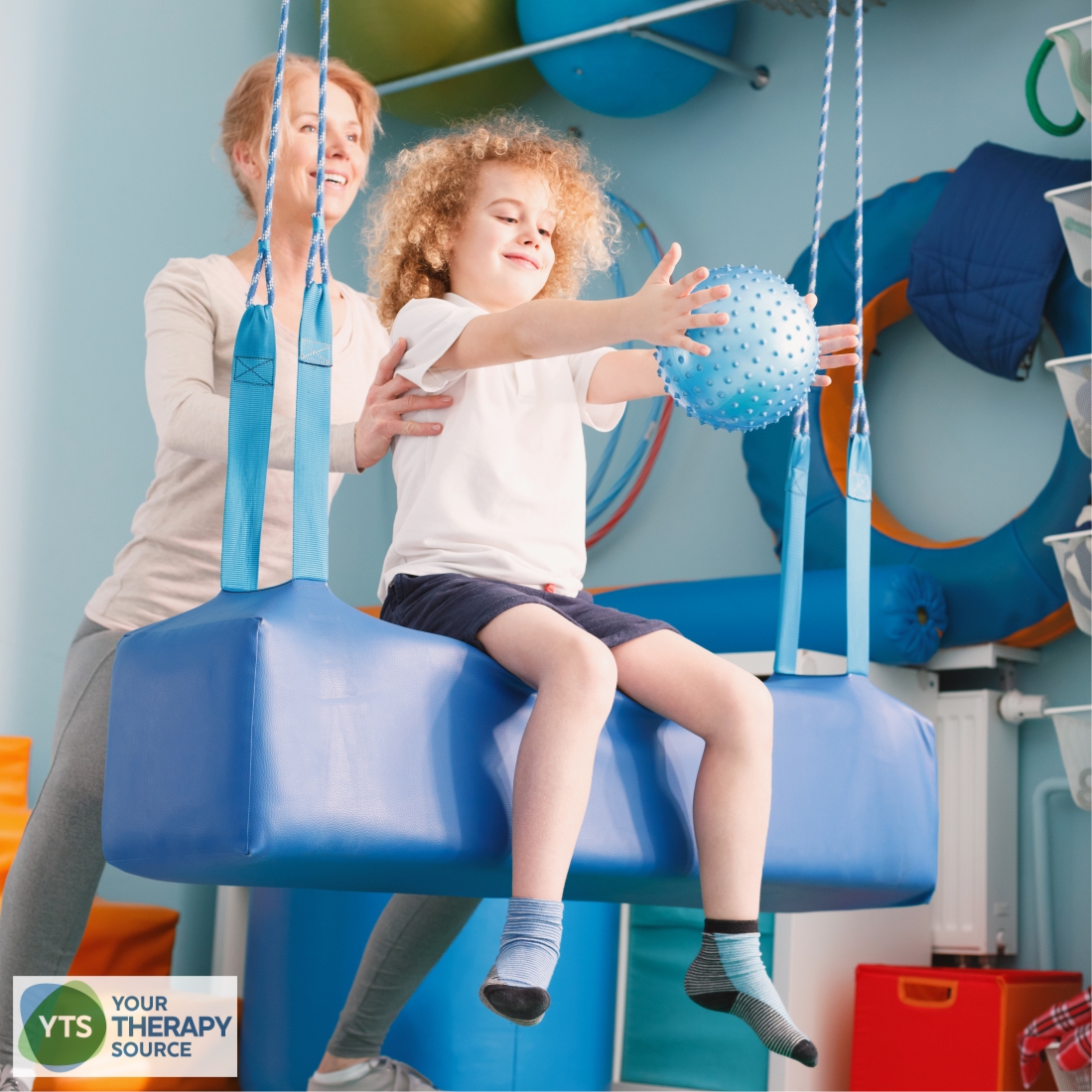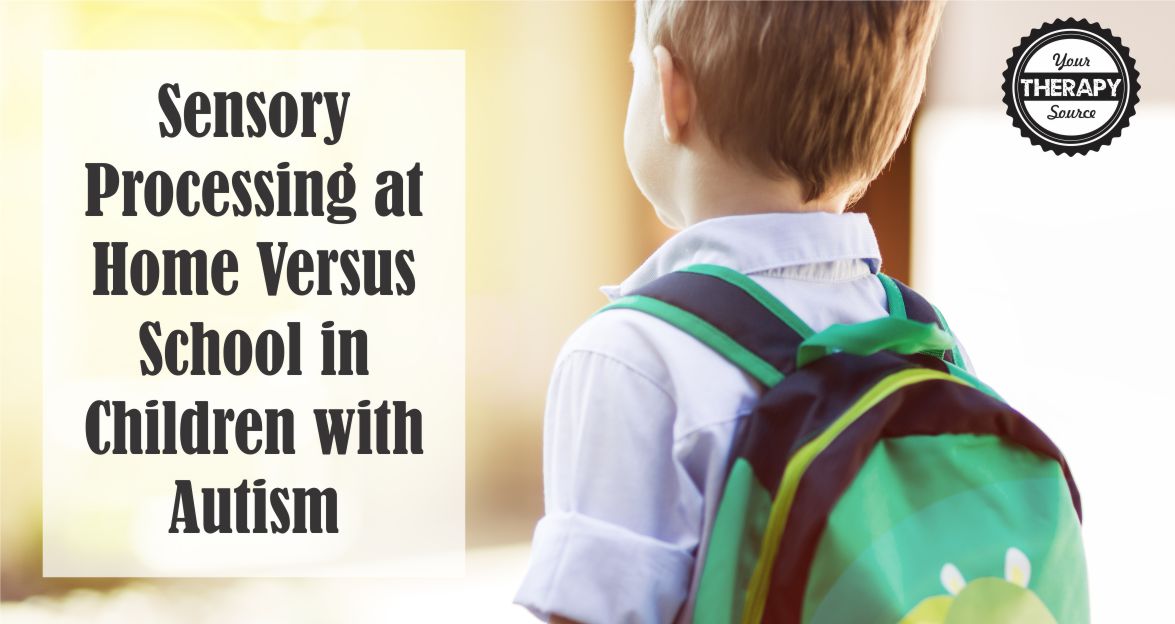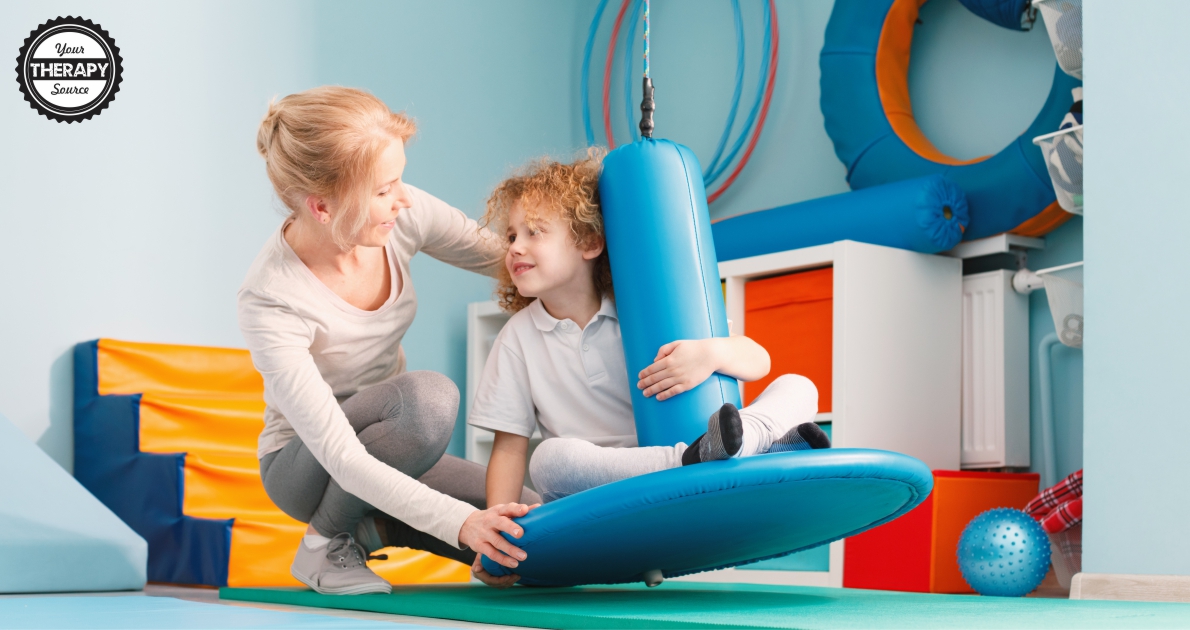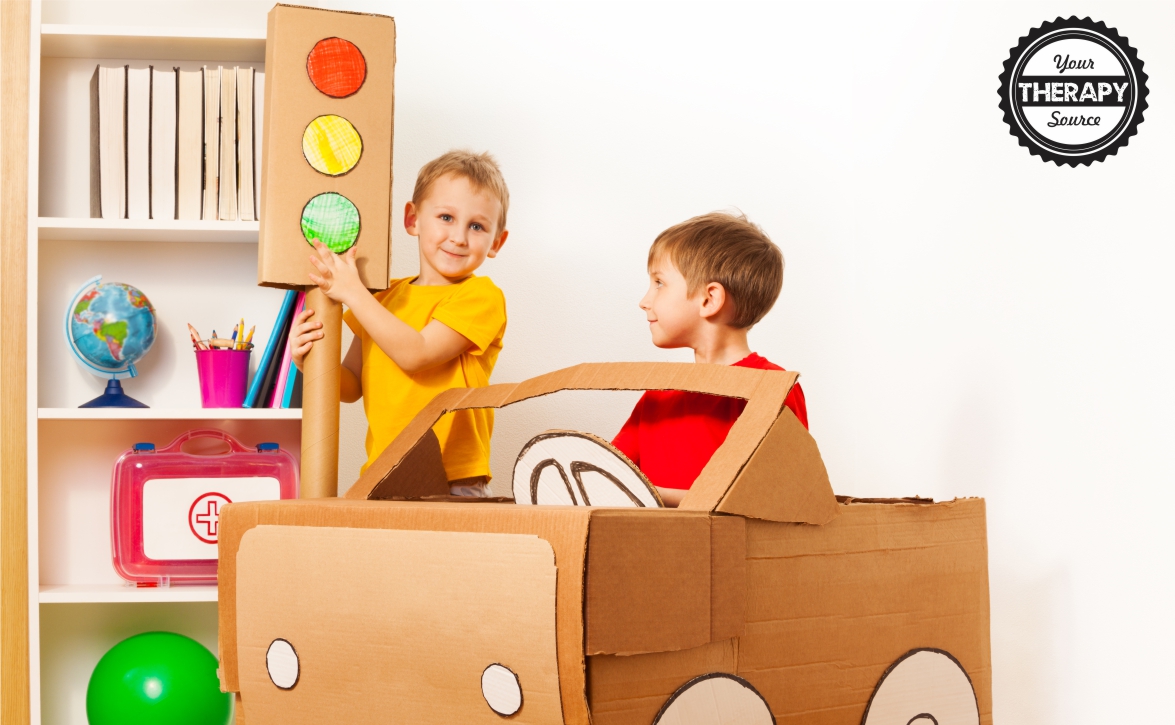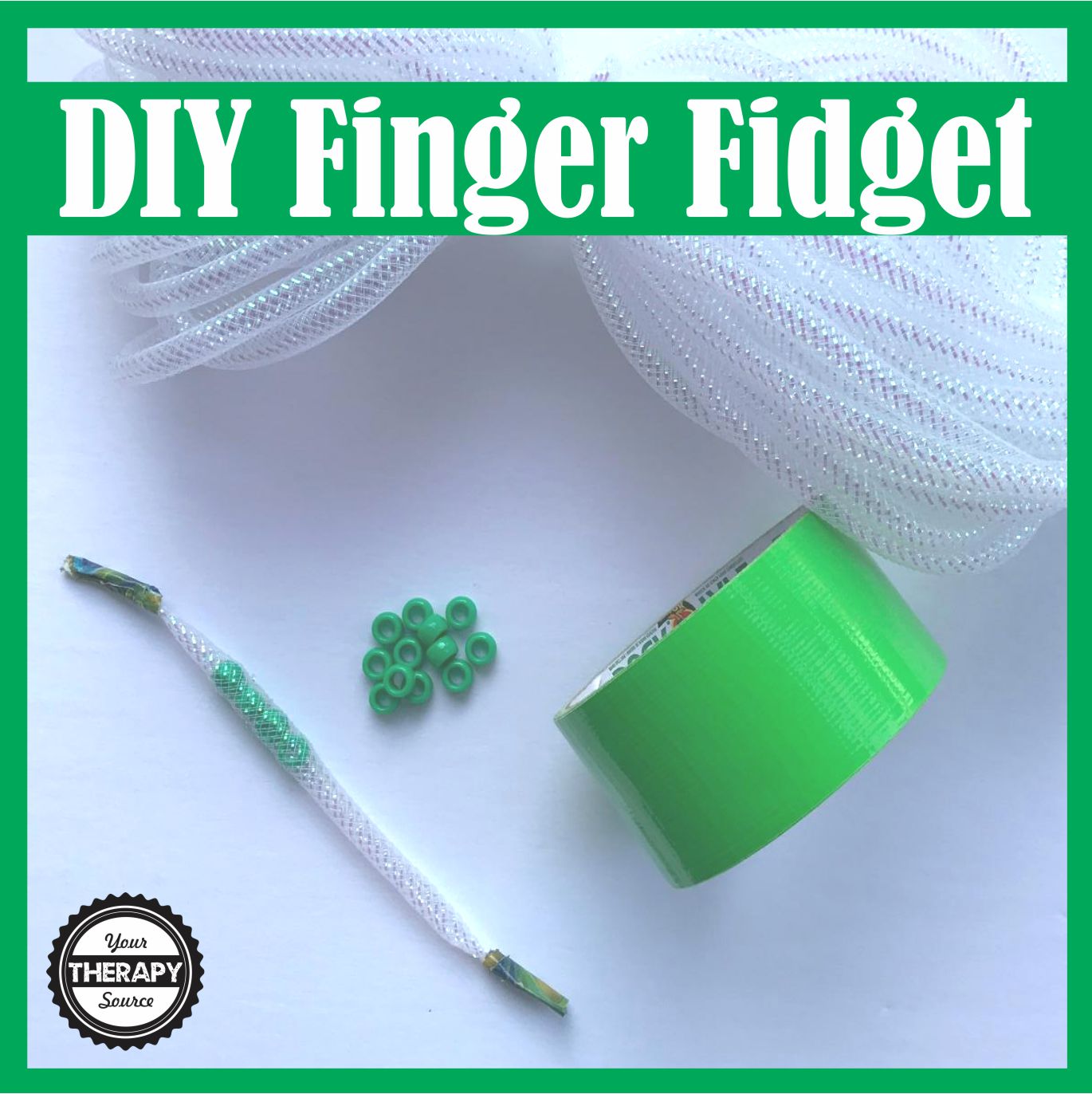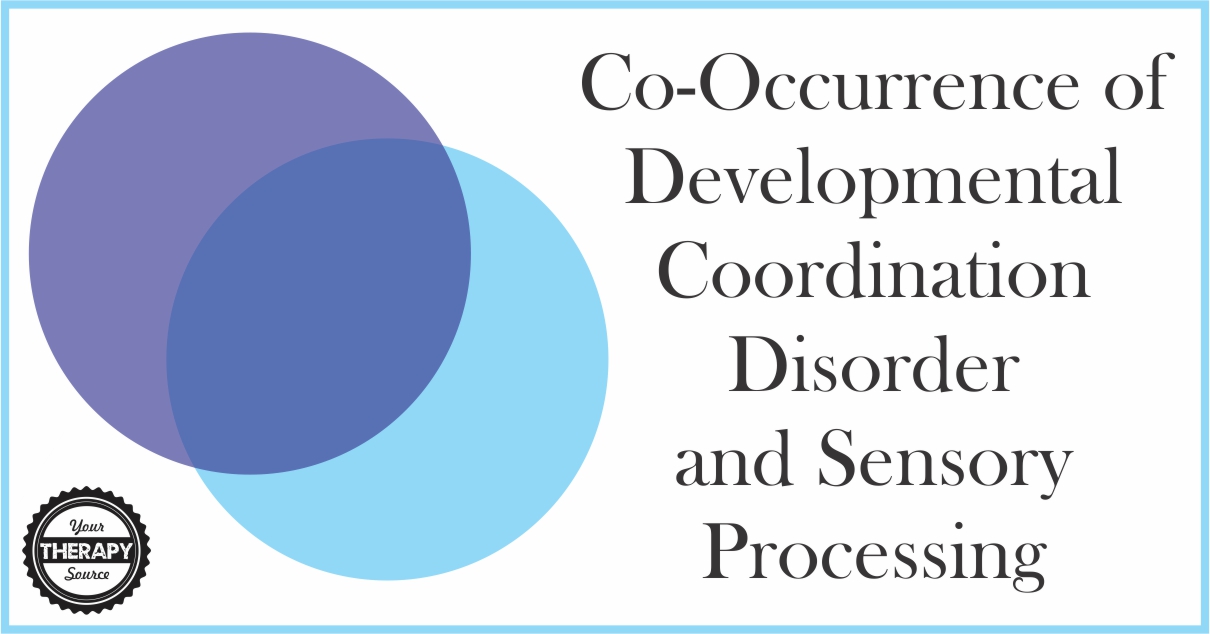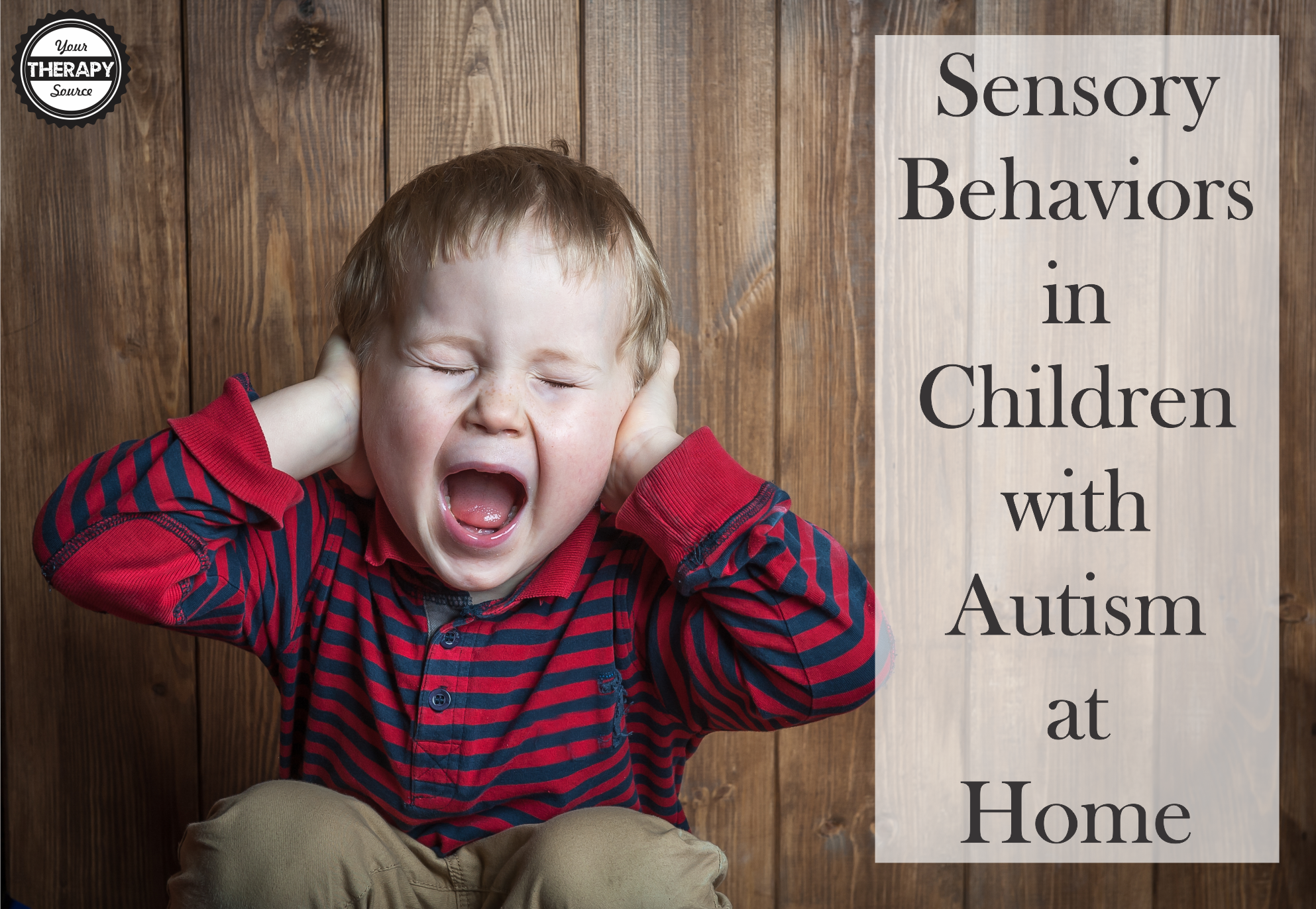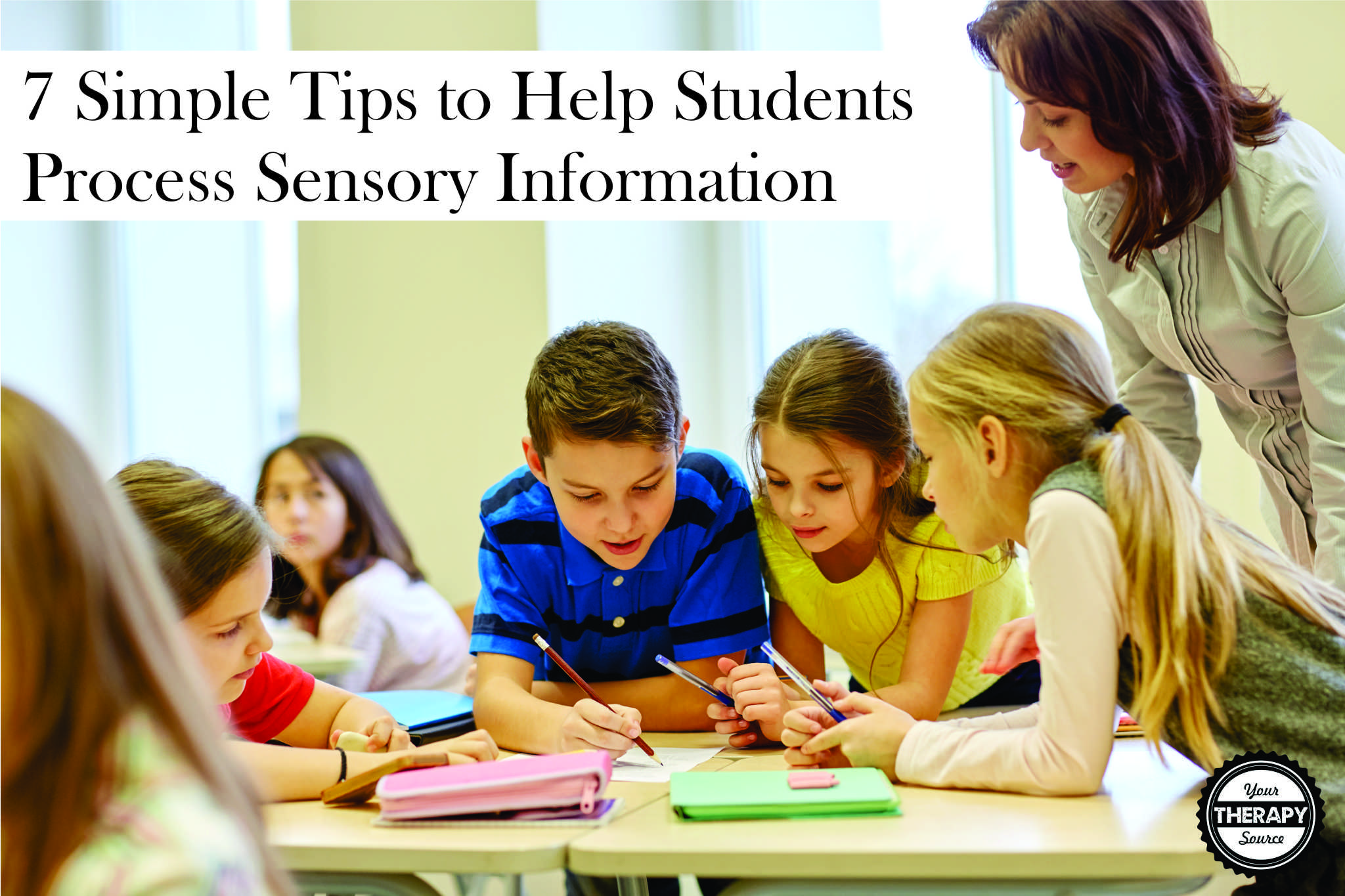Research Review on Sensory Techniques
The American Journal of Occupational Therapy recently published a research review on sensory techniques and sensory environmental modifications for children with sensory integration difficulties. The study reviewed 11,436 articles published between January 2007 and May 2015 to find research that reflected high levels of evidence, participants demonstrated sensory integration difficulties, and outcome measures addressed function or […]

